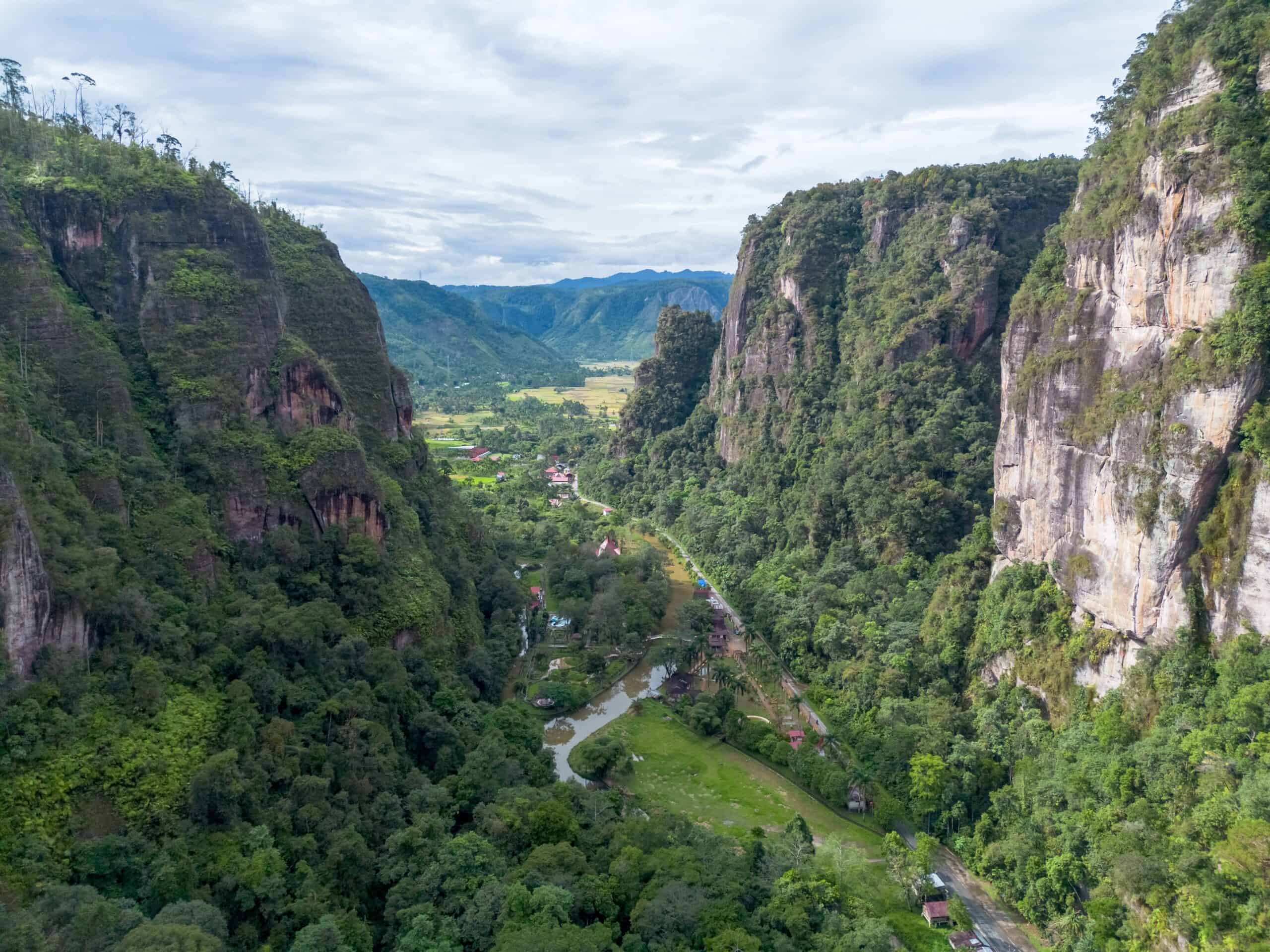Throughout history, remarkable artifacts have been lost to time, only to resurface and change our understanding of ancient civilizations. These rediscovered treasures provide valuable insights into the cultures, technologies, and daily lives of those who came before us. Whether hidden for centuries or forgotten altogether, these artifacts reveal fascinating details about the past that might otherwise have been lost forever. From mysterious manuscripts to stunning works of art, each rediscovery brings us one step closer to uncovering the rich history that shaped our world. Here are some of the most intriguing historical artifacts rediscovered in modern times.
The Antikythera Mechanism
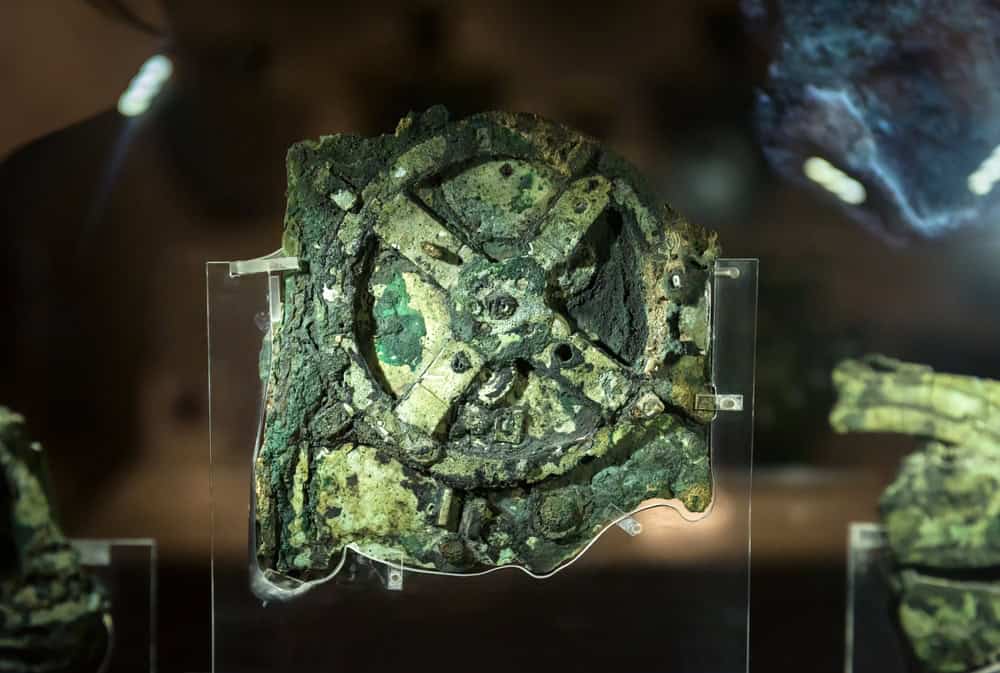
Discovered in 1901 by sponge divers near the Greek island of Antikythera, this ancient Greek device puzzled archaeologists for decades. Believed to date back to 150-100 BCE, the mechanism is a complex clockwork system of gears. It’s thought to have been used for predicting astronomical positions and eclipses. Despite its advanced technology, it was forgotten for centuries, until its rediscovery sparked new research. Modern CT scans revealed its intricate design, suggesting it may have been an early analog computer. This artifact reshaped our understanding of ancient Greek engineering.
The Terracotta Army
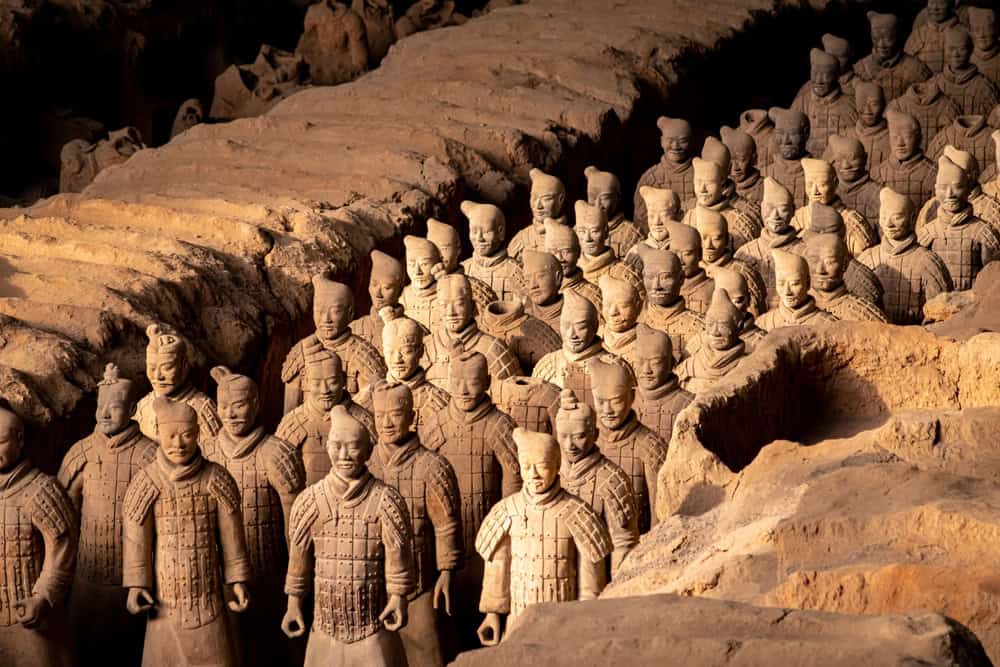
Buried in 210 BCE, the Terracotta Army remained hidden beneath the earth in Xi’an, China, for over two millennia. Rediscovered by farmers digging a well in 1974, the life-sized figures of warriors, horses, and chariots were created to protect China’s first Emperor, Qin Shi Huang, in the afterlife. Over 8,000 soldiers have been unearthed, each with unique features. The discovery astonished the world due to its sheer scale and historical significance. Excavations continue, revealing more about this massive funerary art. The Terracotta Army is now a global symbol of ancient Chinese culture.
The Dead Sea Scrolls
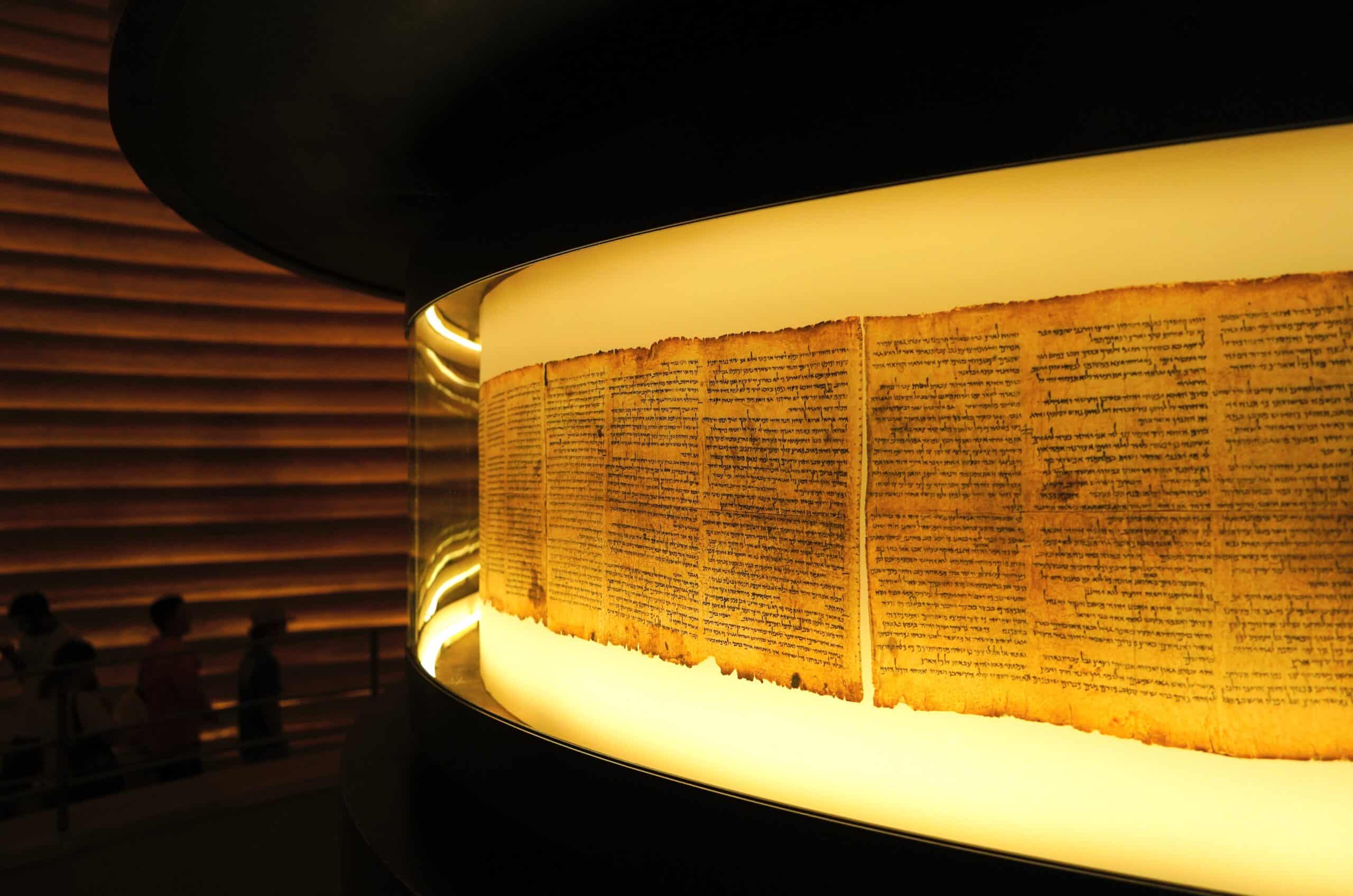
In 1947, a shepherd stumbled upon a series of ancient texts hidden in caves near the Dead Sea. These scrolls, now known as the Dead Sea Scrolls, date back over 2,000 years and include some of the earliest known biblical manuscripts. Written in Hebrew, Aramaic, and Greek, the scrolls have provided incredible insights into the religious practices of ancient Jewish communities. Their rediscovery helped fill gaps in historical knowledge about Judaism and early Christianity. For decades, scholars have studied the fragments, revealing lost histories and forgotten texts. These scrolls continue to influence modern theological studies.
The Rosetta Stone
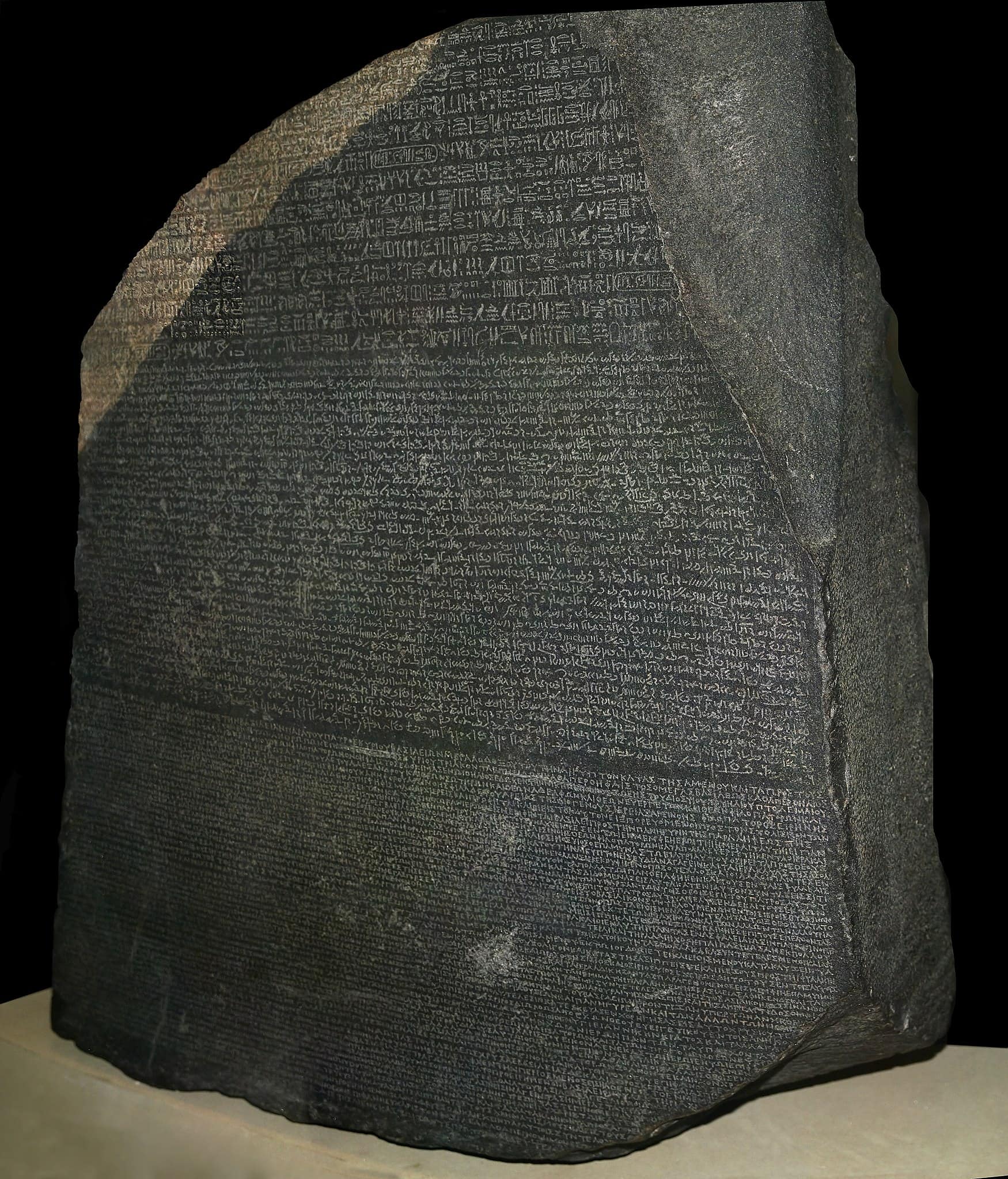
Found by French soldiers in 1799 during Napoleon’s campaign in Egypt, the Rosetta Stone is a crucial artifact that helped unlock the secrets of Egyptian hieroglyphics. It contains a decree written in three scripts: Greek, Demotic, and hieroglyphic. This discovery allowed linguists, especially Jean-François Champollion, to finally decipher the ancient Egyptian language. Prior to its rediscovery, understanding hieroglyphs was nearly impossible. Today, the stone resides in the British Museum, where it is considered one of the most important archaeological finds. Its rediscovery bridged the gap between ancient and modern Egyptology.
The Tomb of Tutankhamun
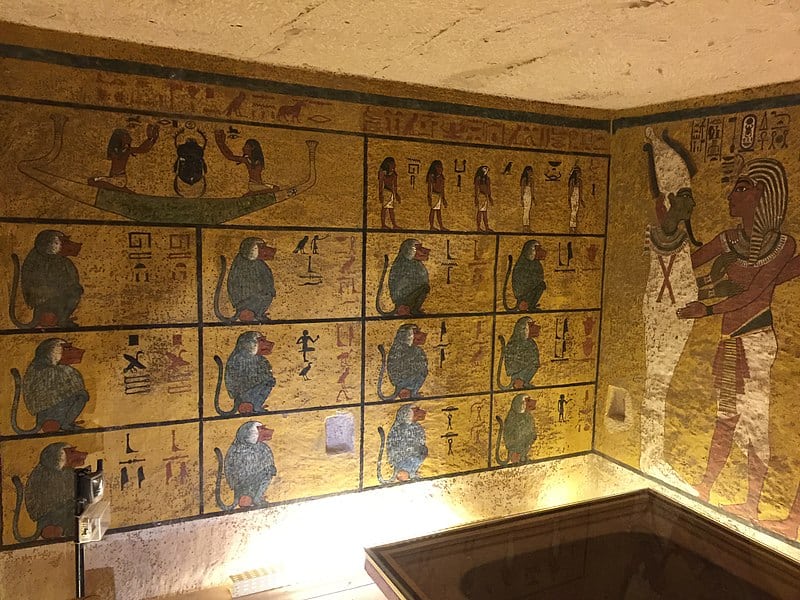
Rediscovered by British archaeologist Howard Carter in 1922, the tomb of the Egyptian Pharaoh Tutankhamun stunned the world with its remarkable preservation and treasures. Hidden for over 3,000 years in the Valley of the Kings, the tomb’s untouched contents gave unparalleled insight into Egypt’s 18th dynasty. Among the treasures was the iconic golden death mask of the young pharaoh. The discovery generated a media frenzy, igniting a renewed global interest in ancient Egypt. This tomb remains one of the greatest archaeological finds, shedding light on burial practices and royal life.
The Phaistos Disc
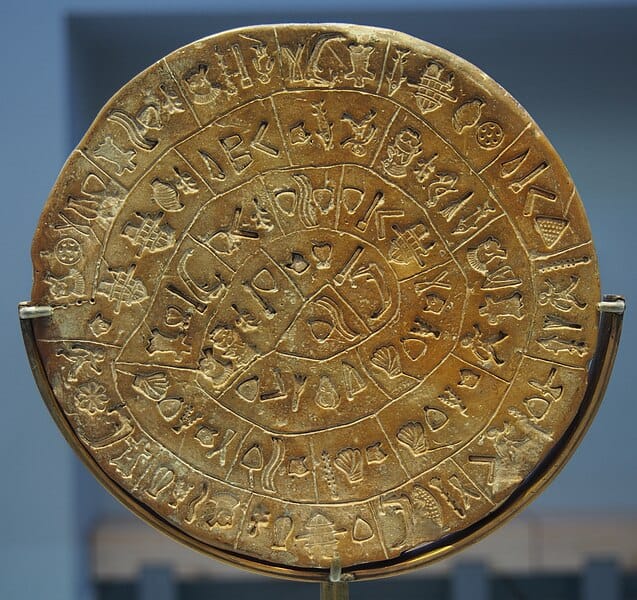
The Phaistos Disc, found in 1908 in the Minoan palace of Phaistos on Crete, is a mysterious artifact with an undeciphered script. The disc, made of fired clay, features spirals of symbols impressed into the surface. Despite being over 3,000 years old, the meaning and purpose of the disc remain unclear. The symbols may represent a form of writing, but scholars continue to debate their significance. Its rediscovery offered a glimpse into the mysterious Minoan civilization. The disc’s enigmatic nature has intrigued historians for over a century.
The Baghdad Battery

Rediscovered in the 1930s near Baghdad, this ancient clay jar may have been used as a primitive battery. Dating back to the Parthian or Sassanid period, the jar contains a copper cylinder and iron rod. Though its exact use is unknown, some researchers believe it could generate a small electrical charge when filled with a liquid electrolyte, such as vinegar. This possibility has sparked speculation about early technological capabilities in ancient civilizations. The Baghdad Battery challenges our assumptions about ancient scientific knowledge. Its purpose remains one of archaeology’s enduring mysteries.
The Sutton Hoo Helmet
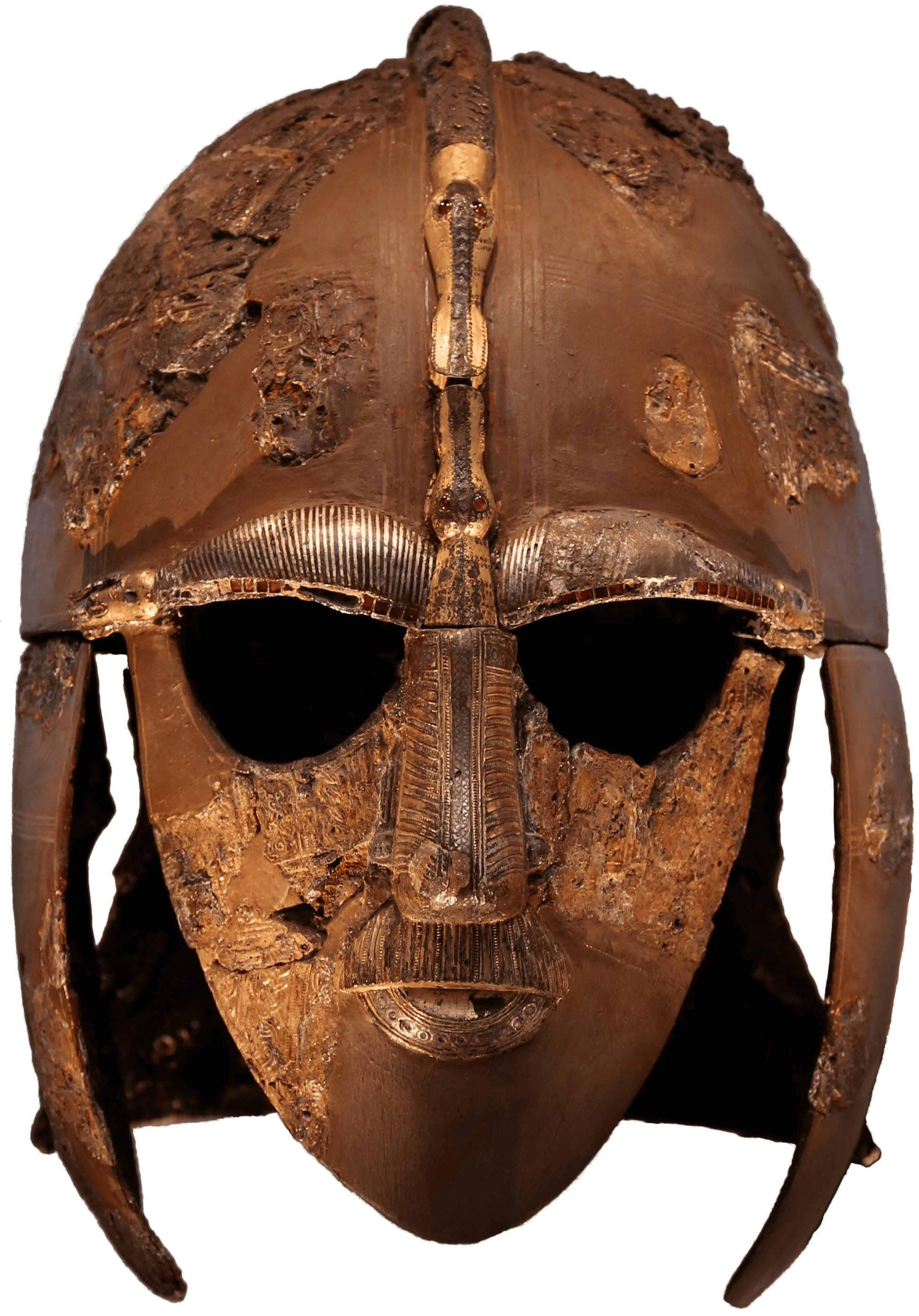
Unearthed in 1939 in Suffolk, England, the Sutton Hoo helmet is one of the most iconic Anglo-Saxon artifacts. Found in a royal burial mound, the helmet belonged to a 7th-century king, possibly King Raedwald. The intricately designed iron and tinned copper helmet, adorned with ornate designs, revealed the craftsmanship of early medieval Britain. Its rediscovery provided insights into Anglo-Saxon burial practices and power structures. Along with the helmet, a treasure trove of gold, silver, and armor was discovered, shedding light on the wealth and artistry of the period.
The Voynich Manuscript
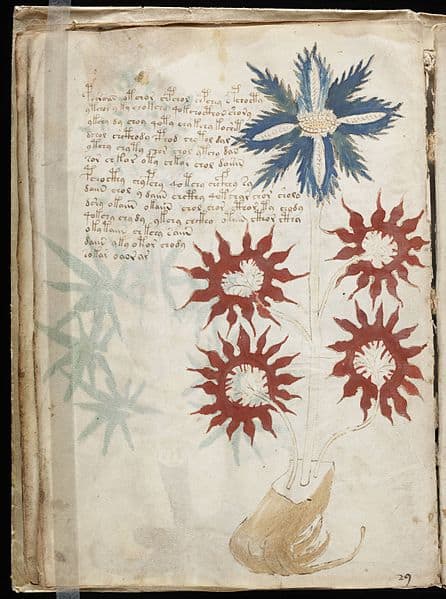
The Voynich Manuscript, rediscovered in 1912 by a Polish-American antiquarian, remains one of history’s most puzzling artifacts. Written in an unknown script and containing strange illustrations of plants, astronomy, and biology, it has yet to be deciphered. Scholars have debated its origins, purpose, and whether it’s an elaborate hoax or a genuine document. Carbon dating places the manuscript in the early 15th century, but its author remains unknown. Despite modern advances in linguistics and cryptography, the Voynich Manuscript continues to mystify researchers. Its rediscovery has inspired countless theories and ongoing investigation.
The Staffordshire Hoard

In 2009, a metal detectorist in England stumbled upon what would become the largest collection of Anglo-Saxon gold and silver artifacts ever found. The Staffordshire Hoard, dating back to the 7th century, contains over 3,500 items, including intricate sword hilts, helmets, and crosses. This discovery dramatically altered historians’ understanding of early medieval craftsmanship and warfare. Its rediscovery reignited interest in Anglo-Saxon history, leading to new theories about political power in early England. The hoard’s beauty and complexity continue to captivate both scholars and the public.
The Venus of Hohle Fels
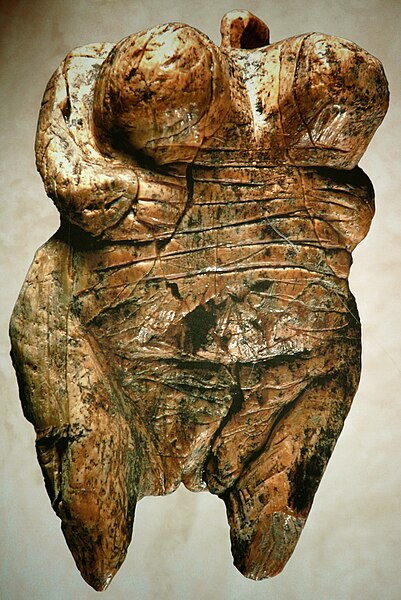
Discovered in 2008 in Germany, the Venus of Hohle Fels is a small figurine carved from mammoth ivory, dating back over 35,000 years. The figurine is one of the oldest known depictions of the human form and likely represents a fertility symbol. Its rediscovery offers a glimpse into the symbolic and artistic lives of Paleolithic people. Found in a cave, the figurine was part of a treasure trove of ancient artifacts. The Venus figurine reshaped theories about early human creativity and spirituality. This artifact is a testament to the early development of human expression.
The Minoan Palace of Knossos
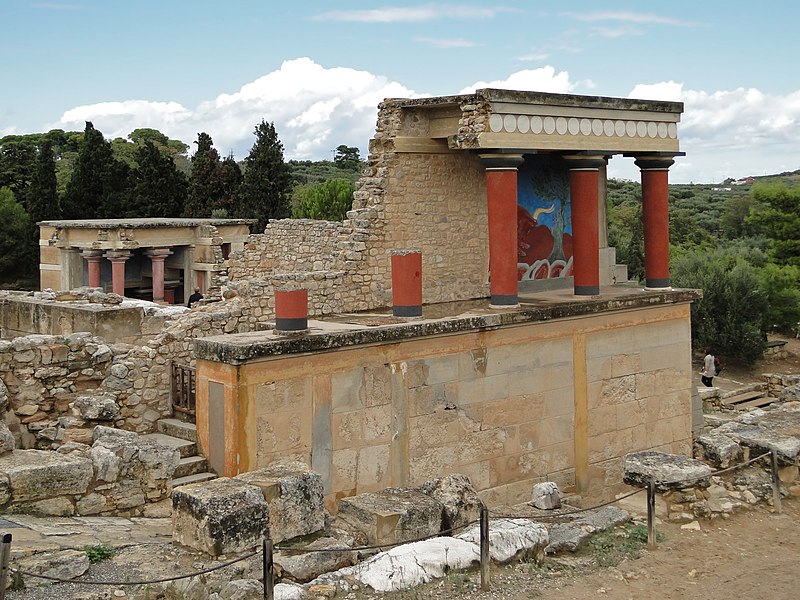
Rediscovered by British archaeologist Sir Arthur Evans in the early 20th century, the Minoan Palace of Knossos on Crete was once the political and cultural center of the ancient Minoan civilization. Excavations revealed a labyrinthine palace complex, which some associate with the legend of the Minotaur and the labyrinth. The rediscovery of Knossos provided invaluable insights into Minoan art, architecture, and daily life. Frescoes, pottery, and intricate architectural designs demonstrated the sophistication of this early civilization. The palace has since become one of the most important archaeological sites in the Mediterranean.
The Uluburun Shipwreck
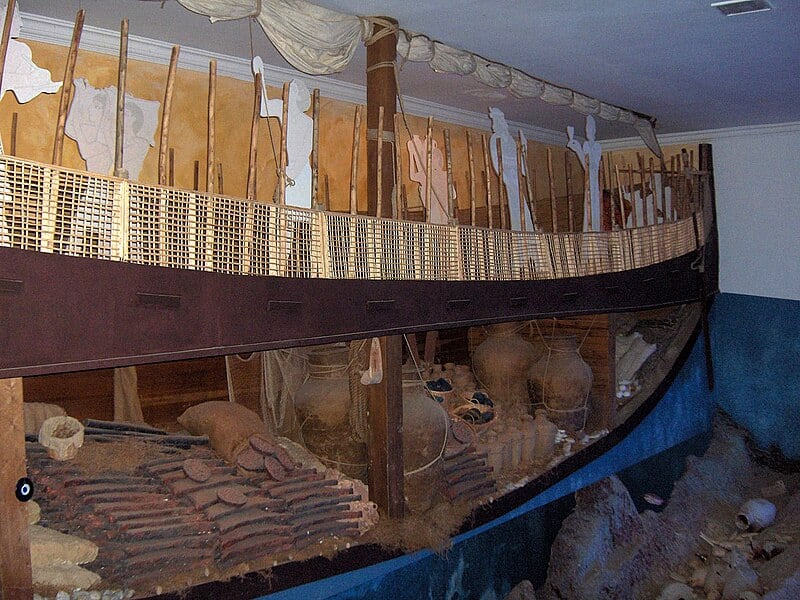
Discovered off the coast of Turkey in 1982, the Uluburun shipwreck dates back to the late Bronze Age, around 1300 BCE. This ancient merchant vessel carried a wealth of goods, including copper ingots, glass beads, and ivory. Its rediscovery has provided historians with a detailed picture of Mediterranean trade routes during the Bronze Age. The ship’s cargo included items from as far as Egypt, Mycenaean Greece, and Mesopotamia. The Uluburun shipwreck is considered one of the most significant underwater archaeological finds. Its preservation offered unparalleled insight into ancient commerce and seafaring.
The Riace Bronzes

Two bronze statues of Greek warriors were discovered off the coast of Riace, Italy, in 1972 by a diver. These statues, dating to around 450 BCE, are celebrated for their remarkable detail and lifelike quality. The rediscovery of the Riace Bronzes revolutionized the study of ancient Greek sculpture. Prior to this find, very few large-scale bronze works from this era had survived. The statues are now displayed in a museum, where they continue to impress visitors with their beauty. Their discovery reshaped scholars’ understanding of ancient bronze artistry.
The Copper Scroll
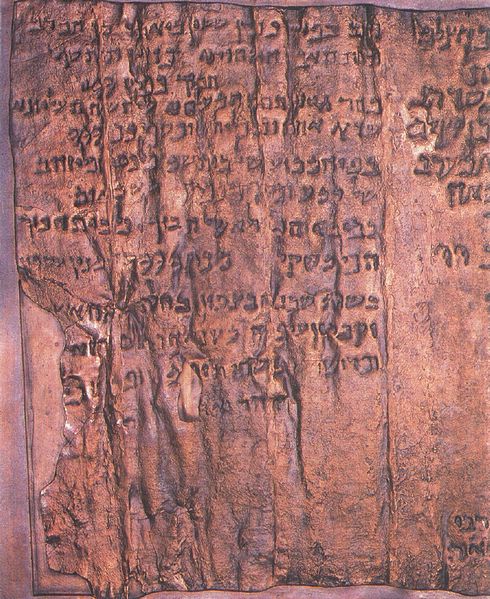
In 1952, archaeologists found a unique copper scroll among the Dead Sea Scrolls at Qumran. Unlike the other scrolls, which were written on parchment or papyrus, this one was inscribed on copper. The Copper Scroll is believed to detail the locations of hidden treasures from the Second Temple period. Despite extensive searches, none of the treasure has been found, leaving historians to debate its authenticity. Its rediscovery added a new dimension to the Dead Sea Scrolls’ significance. The Copper Scroll remains a tantalizing mystery in the world of archaeology.
This article originally appeared on Rarest.org.
More From Rarest.Org
The Middle East is often associated with its iconic landmarks and bustling cities, but beyond the well-trodden paths lies a treasure trove of hidden gems waiting to be discovered. From ancient villages perched atop mountains to remote desert landscapes and pristine coastlines, this region offers countless lesser-known destinations that are rich in history, culture, and natural beauty. Read more.
Exploring the world’s most hidden valleys is like stepping into nature’s best-kept secrets, where breathtaking landscapes lie cradled between towering mountains. These secluded sanctuaries offer a rare glimpse into the untouched beauty of our planet, often far from the bustling crowds and well-trodden paths. Read more.
When it comes to mountain getaways, the well-known destinations often steal the spotlight, but some of North America’s most incredible retreats are quietly tucked away, waiting to be discovered. These underrated mountain retreats offer the perfect blend of stunning natural beauty, outdoor adventure, and a peaceful atmosphere without the overwhelming crowds. Read more.


